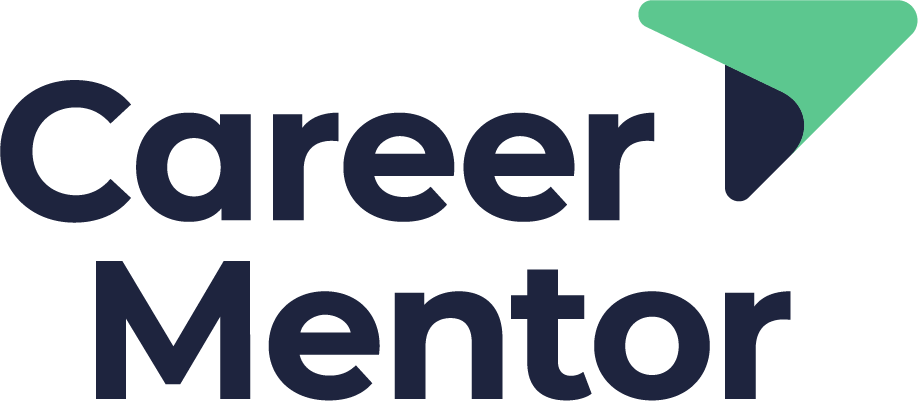7 steps to significantly improve your interview performance
Most would agree that job interviews are the key gateway to getting your next new job - be that an internal move, or one to another firm. With that in mind, anything that you can do to give yourself an edge and thus, significantly improve your interview performance, is critical in optimising your career. In this week’s blog, I’ll offer 8 simple ideas to do just that.
Step 1: See yourself as others do
It’s worth recording yourself answering prepared interview questions. Spend some time planning likely interview question, and if possible, ask a friend or colleague to write a few so that some are a surprise. You can ask said friend or colleague to act as the interviewer, or simply do this DIY and both ask and answer each question. This can be done via Zoom or a similar platform (Google Meet, Teams) that allows you to record the call. Alternatively, you can set up the seating as if you’re in a live meeting sat at a table with an in-person interviewer.
Step 2: A realistic run through
Record yourself as you work through all of the questions, giving your best answers with examples where appropriate. Don’t pause. Go one after another just as you would in a real interview.
Now you’re going to observe and debrief yourself in three modalities. The key is to rewatch and observe both your answers and body language, using this to identify where tweaks and adjustments can be made.
Step 3: Zone in on your body language
Watch the video back with the sound turned OFF. Make notes about what you see. Look at the position of your head, the amount of eye contact, the positioning of your body, hand gestures, how often you touch your face and hair, etc. Pay attention to what was good, what could have been better, and what you’ll make a concreted effort to change. The aim isn’t to be self-deprecating, but to allow yourself the opportunity to see yourself as others see you and thus make any necessary adjustments.
Step 4: How do you sound?
The next step is to listen to the video with the picture turned OFF. Focus on the audio. Again, listen carefully to your voice, volume, rhythm and intonation. Zone in on the quality of the content of your answers. What was great? What could be better? What did you forget to mention in the moment?
Step 5: AI is your friend
Get an AI app to produce a transcript of the questions and most importantly, your answers. Take out a highlighter and mark the ums, the ers, and the filler words, such as: like, literally and jaknowhatImean. This may indicate where your answers are less punchy or where more thought is required to give an eloquent and punchy answer. Annotate your transcript with what you’d say differently in the real thing.
Step 6: Finding the 1%
I’m sure we all know about the theory of 1% marginal gains. Using your notes and observations, find two or three ways in which you can improve your overall interview performance. There’s no need to overwhelm yourself by trying to change everything all at once - find a few high impact changes you can make to truly maximise your interview performance.
Step 7: Round 2
Go through the sequence again - perhaps with some new questions. Incorporate the improvements that you have identified. Keep making incremental improvements each time. This isn’t an exercise in beating yourself up and equally, we don’t want to end up sounding too scripted and robotic. This exercise is just about getting better and avoiding easily remedied errors.
—
I hope this helps prepare you for your next interviews. If you’d like to have a chat about this or indeed any job search, interview or career issues, then get in touch. You can book a free career consultation here.
